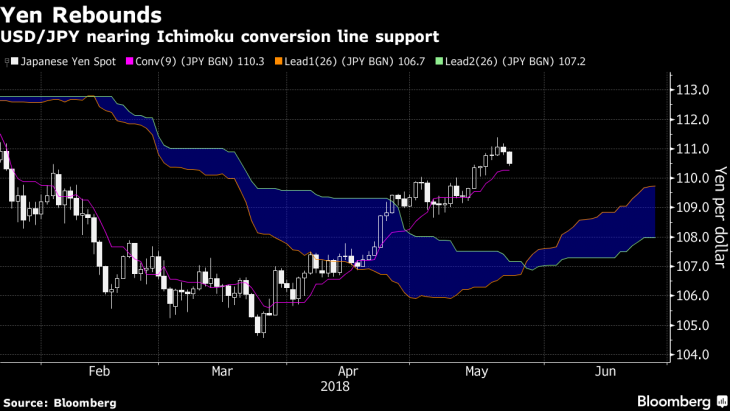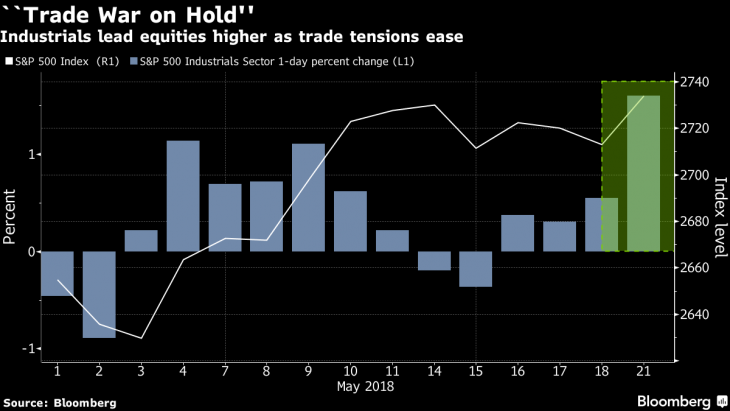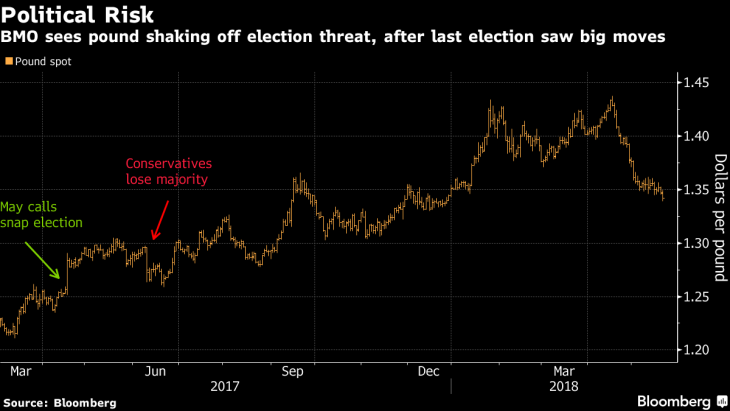TEHRAN, May 21 (Reuters) – Iranian oil minister Bijan Zanganeh said on Saturday that US President Donald Trump’s decision to withdraw from the nuclear deal would not affect Iran’s oil exports if the EU could save the treaty.
“Each new decision in the OPEC should be taken unanimously … I believe that if the European Union helps us … the level of oil supplies from Iran will not change,” Zanganeh told journalists after the meeting with European Commissioner for Energy Miguel Arias Cañete.
Following the decision of Trump, the US Treasury will once again introduce a number of sanctions, which will include restrictive measures against Iran’s oil sector and operations with the country’s central bank.
The EU wants to preserve the nuclear deal concluded in 2015, which releases Iran from economic sanctions in exchange for curtailing its nuclear program. Europe believes that this agreement is an important element of international security.
During the previous round of sanctions, the export of oil from Iran decreased by about one million barrels per day, but the country regained its status as the main fuel supplier after the sanctions regime was abolished in 2016.
However, large European companies are afraid of US sanctions and are slow to conduct business with Tehran, which needs to attract more than $ 100 billion of investments to increase oil production.
“I have no doubt that the US extraterritorial sanctions against Iran will have an impact on (foreign) investment,” Zanganeh told reporters. “This will not stop us, but will slow down the growth rate.”
STIMULATION OF TRADE
Due to the introduction of new US sanctions, some customers of OPEC, the third-largest oil producer, said they would seek to exclude Iranian oil from the US sanctions list.
“Our main customers are in Asia … but we also expect to maintain the level of supplies to Europe and Africa,” Zanganeh said.
Arias Canete, who was in Tehran for a two-day visit, presented to the Iranian officials a list of possible measures prepared by the EU and aimed at mitigating the impact of US sanctions. Thus, Europe is trying to strengthen the position of moderate political forces in the administration of Iranian President Hassan Rouhani, who want to preserve the open nature of trade with the West.
“We want to solve all the problems that hamper the normal oil trade,” Arias Canete said.
Zanganeh said that Iran in particular was interested in the EU proposal, according to which European governments can pay for Iranian oil in euros and make payments through the Central Bank of Tehran, bypassing the US financial system.
Among other EU initiatives are measures that will protect European business in Iran from the US sanctions, and permission to work there for the European Investment Bank.
Investments of EU countries – mainly Germany, France and Italy – to Iranian projects since 2016 have exceeded 20 billion euros.
However, some foreign companies have already started talking about their intentions to leave Iran.
French energy company Total (PA: TOTF) reported last week that it will withdraw from the multibillion-dollar gas project with Iran if it can not get its expulsion from the US sanctions list. Iran previously cited this contract as an example of how to prove the success of a nuclear agreement with world powers.
“If Total does not receive an exception from the US sanctions list, it will leave Iran and its place will be taken by some Chinese company,” Zanganeh said.
The fact that their activities in Iran will suffer from US sanctions, last week also said French Engie, Polish PGNiG and German DZ Bank.
Zanganeh said other countries, such as Russia and China, are interested in filling the vacuum that may arise if European investors leave the country.
“Two Chinese companies – SINOPEC and CNPC – are long-standing partners of Iran, they are interested in joint development of the largest fields,” Zanganeh said.
Zarubezhneft works from Russian companies in Iran, LUKoil was interested in projects in this country.
Lukoil’s representative (MCX: LKOH) said earlier that the company strictly abides by the current legislation, and also takes into account the relevant sanctions restrictions when making investment decisions.


